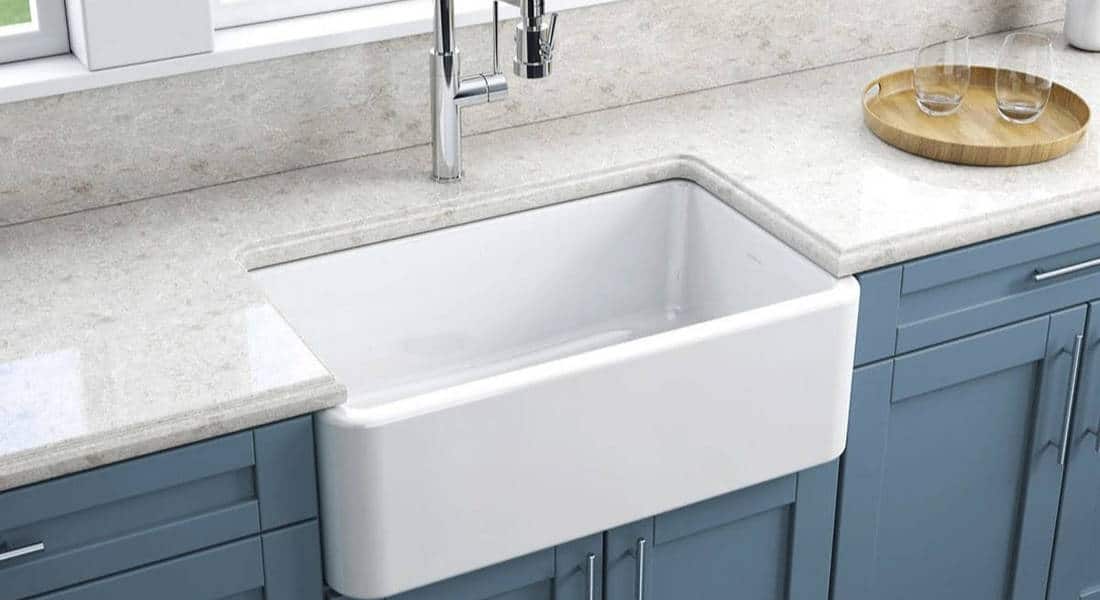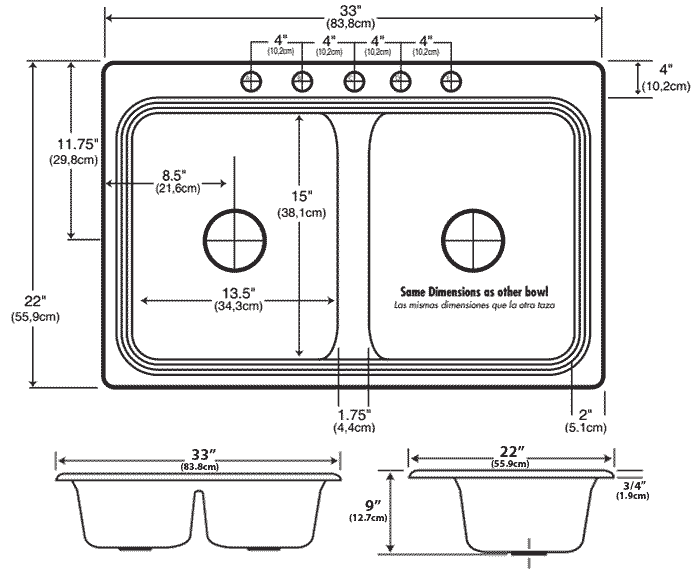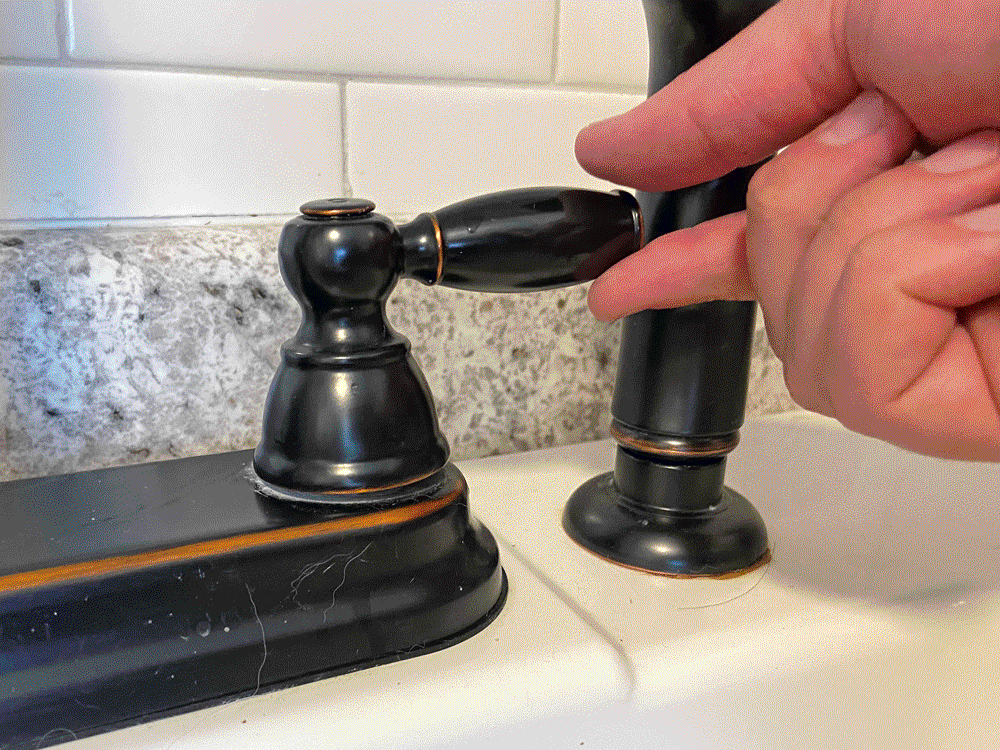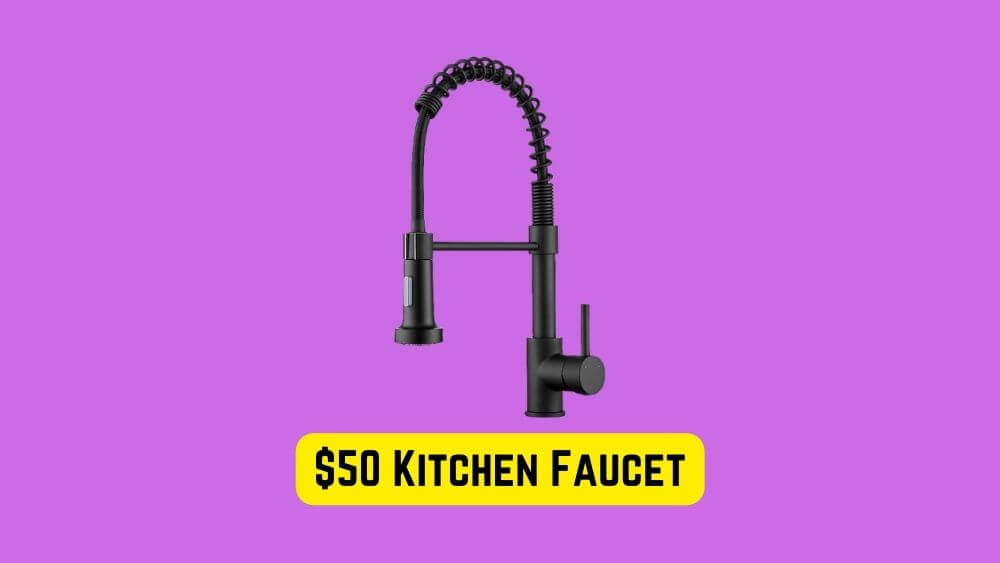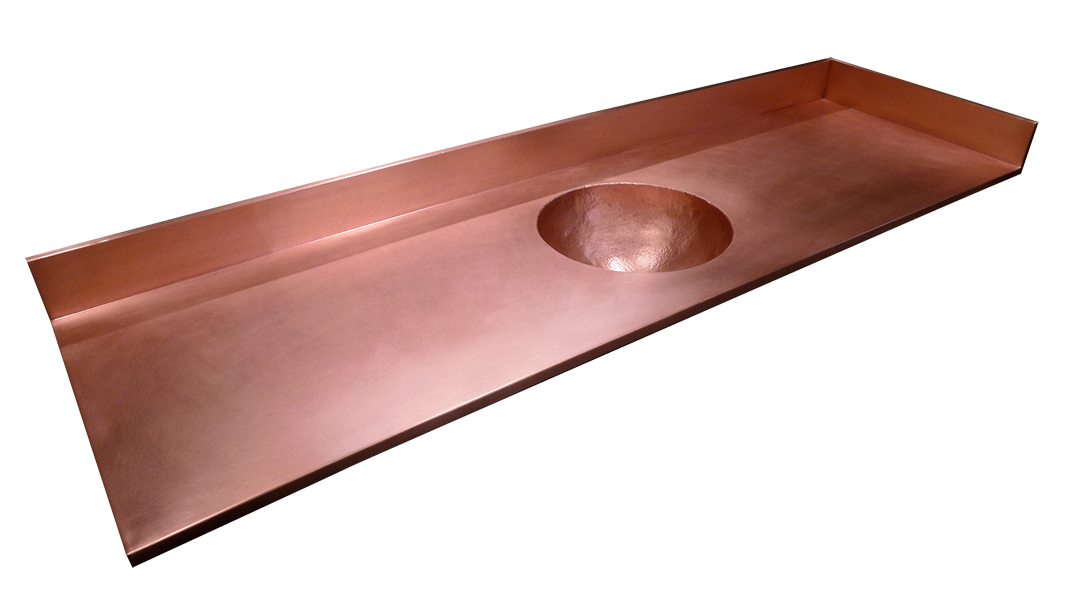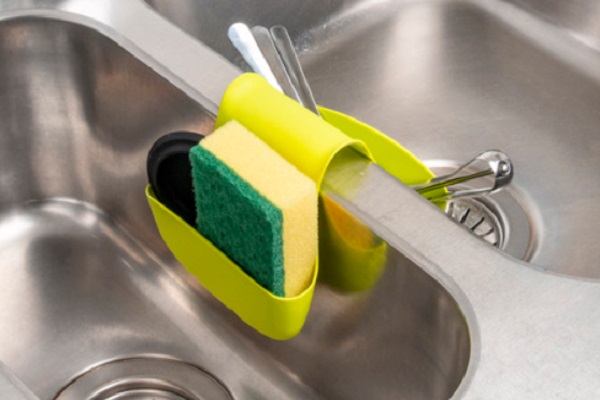When it comes to choosing a kitchen sink, one of the most important specifications to consider is the dimensions. Kitchen sinks come in a variety of sizes and shapes, so it's essential to measure your cabinet space and consider your cooking and cleaning needs when making a decision. Standard size kitchen sinks range from 22 inches to 33 inches in length and 9 inches to 10 inches in depth. However, you can also find smaller or larger sizes depending on your preferences and the size of your kitchen. Some kitchen sinks also come with multiple basins, which can affect the overall dimensions. Keep in mind that the depth of the sink can also impact the amount of counter space you have available, so choose wisely.1. Dimensions of Kitchen Sink
The material of your kitchen sink is another crucial factor to consider. Different materials offer different benefits, so it's essential to think about your lifestyle and budget when making a decision. Stainless steel is a popular choice for kitchen sinks due to its durability, affordability, and resistance to stains and scratches. Other popular options include granite composite, which is known for its durability and heat resistance, and fireclay, which has a classic and elegant look. Keep in mind that different materials may require different maintenance and cleaning routines, so be sure to do your research and choose one that fits your needs and preferences.2. Material Specifications for Kitchen Sink
Before purchasing a kitchen sink, it's essential to consider the installation requirements. Some sinks are designed for top mount installation, where the sink sits on top of the counter, while others are designed for undermount installation, where the sink is mounted underneath the counter. Top mount sinks are generally easier to install, while undermount sinks offer a cleaner and more streamlined look. However, undermount sinks may require additional support and may not be compatible with all types of counters. It's also essential to consider whether your kitchen sink will require plumbing adjustments or if it can be installed in your existing setup.3. Installation Requirements for Kitchen Sink
Aside from top mount and undermount options, there are a few other types of mounting options available for kitchen sinks. These include flush mount, tile-in mount, and farmhouse or apron-front sinks. Flush mount sinks are similar to undermount sinks, but they sit flush with the counter rather than being mounted underneath. Tile-in mount sinks are designed to be installed with tile counters and provide a seamless look. Farmhouse or apron-front sinks have a front panel that extends past the edge of the counter, adding a traditional and country-style touch to the kitchen.4. Types of Kitchen Sink Mounting
Kitchen sinks come with a variety of features that can enhance their functionality and make your kitchen tasks easier. These features can include built-in drainboards, divided basins, and built-in soap dispensers. Some kitchen sinks also come with soundproofing technology to reduce noise and heat resistance to prevent damage from hot pots and pans. Other features to consider include built-in colanders, cutting boards, and garbage disposals.5. Features of Kitchen Sink
Proper maintenance is essential for keeping your kitchen sink in good condition for years to come. Different materials may require different cleaning and maintenance routines, so be sure to follow the manufacturer's guidelines. In general, stainless steel sinks can be cleaned with a mild soap and water, while granite composite sinks may require specialized cleaning solutions. Fireclay sinks should be cleaned with non-abrasive cleaners to avoid damaging the surface. It's also essential to regularly clean and maintain the drain and garbage disposal to prevent clogs and odors.6. Maintenance Guidelines for Kitchen Sink
The depth and capacity of the sink are important factors to consider, especially if you do a lot of cooking and cleaning in your kitchen. A deeper sink can accommodate larger pots and pans, while a shallower sink may be more convenient for everyday tasks. When it comes to capacity, consider the size of your family and how much you typically cook. A larger family may benefit from a sink with a larger capacity, while a smaller family may not need as much space.7. Sink Depth and Capacity Specifications
Before purchasing a kitchen sink, it's essential to consider the faucet compatibility. Some sinks come with pre-drilled holes for a specific type of faucet, while others may require a separate installation. Make sure to check the number and spacing of the faucet holes to ensure they will fit your desired faucet. You can also choose a sink with customizable faucet hole options to accommodate different types of faucets.8. Faucet Compatibility for Kitchen Sink
In addition to the sink itself, there are also various accessories and options available to enhance the functionality of your kitchen sink. These can include grid racks to protect the sink bottom, drain strainers to prevent clogs, and sink mats to protect the surface from scratches. You can also find sinks with built-in cutting boards, drainboards, and colanders for added convenience. Some sinks also offer different colors and finishes, allowing you to choose one that matches your kitchen's aesthetic.9. Sink Accessories and Options
Finally, when purchasing a kitchen sink, it's essential to consider the warranty. A good warranty can provide peace of mind and protect you from any defects or damage that may occur. Warranties can vary depending on the manufacturer and the type of sink, so be sure to read the fine print and understand what is covered and for how long. By considering these 10 main specifications of a kitchen sink, you can make an informed decision and choose the best sink for your kitchen. Remember to measure your space, consider the material and installation requirements, and choose features and options that suit your needs and preferences. With the right kitchen sink, you can make your cooking and cleaning tasks a breeze.10. Warranty Information for Kitchen Sink
The Importance of Choosing the Right Kitchen Sink for Your House Design

Efficient and Stylish Design
 When it comes to designing a kitchen, the sink is often an overlooked element. However, a
well-chosen kitchen sink
can make a huge difference in both the functionality and aesthetics of your kitchen. With a wide range of options available, it can be overwhelming to choose the
perfect kitchen sink
for your house design. But fear not, as we break down the key specifications that you need to consider when selecting a kitchen sink.
When it comes to designing a kitchen, the sink is often an overlooked element. However, a
well-chosen kitchen sink
can make a huge difference in both the functionality and aesthetics of your kitchen. With a wide range of options available, it can be overwhelming to choose the
perfect kitchen sink
for your house design. But fear not, as we break down the key specifications that you need to consider when selecting a kitchen sink.
Size and Configuration
 The first thing to consider is the
size and configuration
of your kitchen sink. This will depend on the amount of space you have available and your personal preferences. Single-bowl sinks are a popular choice for smaller kitchens, providing enough space for washing dishes but taking up less counter space. Double-bowl sinks, on the other hand, offer more versatility and are perfect for larger kitchens where multiple people may be using the sink at the same time. You can also opt for a
triple-bowl sink
if you have a lot of dishes to wash, or a
farmhouse sink
for a more traditional and elegant look.
The first thing to consider is the
size and configuration
of your kitchen sink. This will depend on the amount of space you have available and your personal preferences. Single-bowl sinks are a popular choice for smaller kitchens, providing enough space for washing dishes but taking up less counter space. Double-bowl sinks, on the other hand, offer more versatility and are perfect for larger kitchens where multiple people may be using the sink at the same time. You can also opt for a
triple-bowl sink
if you have a lot of dishes to wash, or a
farmhouse sink
for a more traditional and elegant look.
Material and Durability
 Durable and high-quality materials
are essential for a long-lasting kitchen sink. Stainless steel is the most popular choice as it is affordable, easy to clean, and can withstand high temperatures. However, if you want a more upscale look, you can opt for
fireclay
or
cast iron
sinks. These materials are heavy and require extra support, but they are extremely durable and can add a touch of elegance to your kitchen.
Durable and high-quality materials
are essential for a long-lasting kitchen sink. Stainless steel is the most popular choice as it is affordable, easy to clean, and can withstand high temperatures. However, if you want a more upscale look, you can opt for
fireclay
or
cast iron
sinks. These materials are heavy and require extra support, but they are extremely durable and can add a touch of elegance to your kitchen.
Additional Features
Conclusion
 In conclusion, choosing the right kitchen sink is crucial for both the functionality and aesthetics of your kitchen. Consider the size, configuration, material, and additional features to find the
perfect kitchen sink
for your house design. With the right specifications, your kitchen sink will not only be a practical element but also a stylish and efficient addition to your home.
In conclusion, choosing the right kitchen sink is crucial for both the functionality and aesthetics of your kitchen. Consider the size, configuration, material, and additional features to find the
perfect kitchen sink
for your house design. With the right specifications, your kitchen sink will not only be a practical element but also a stylish and efficient addition to your home.










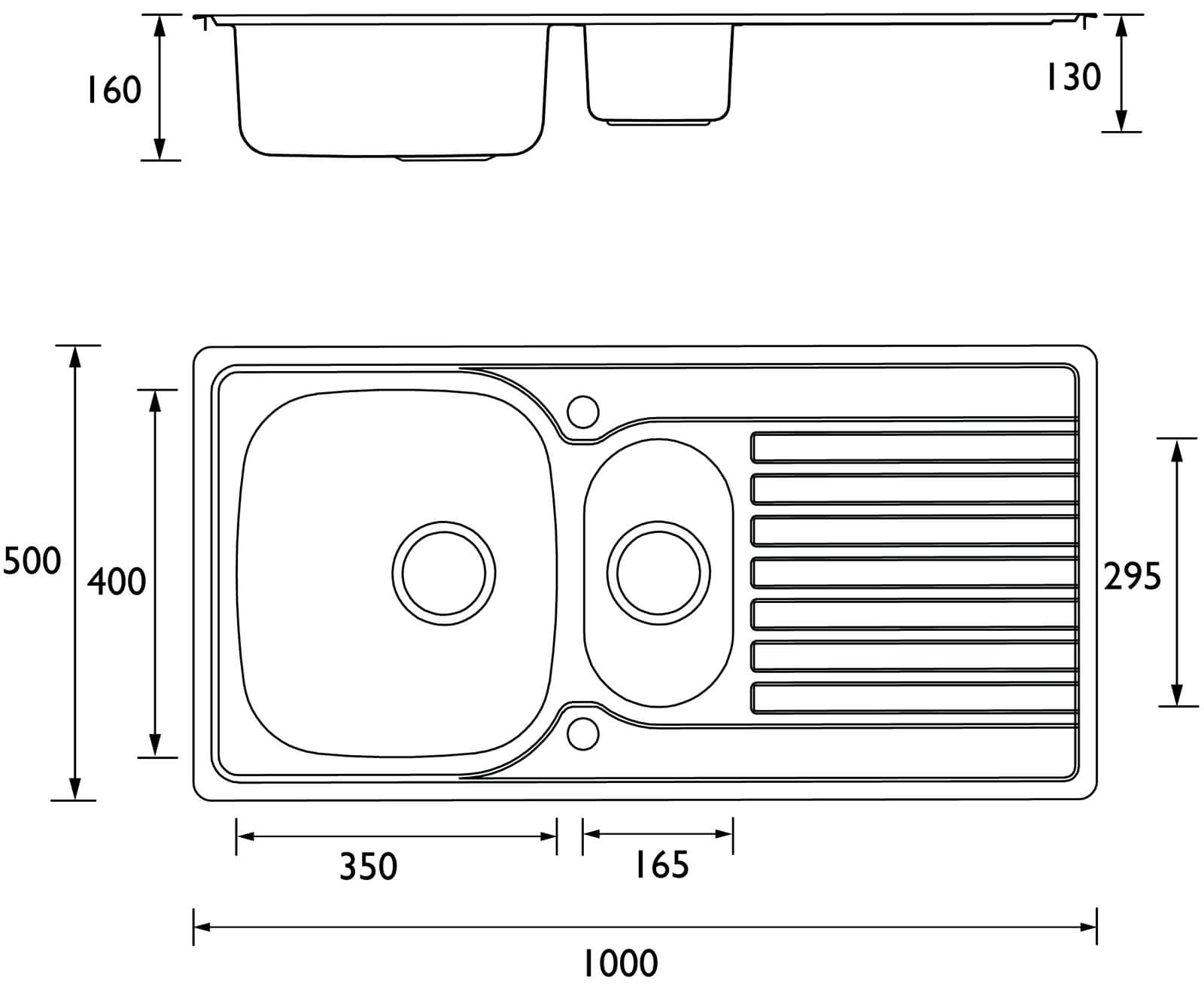




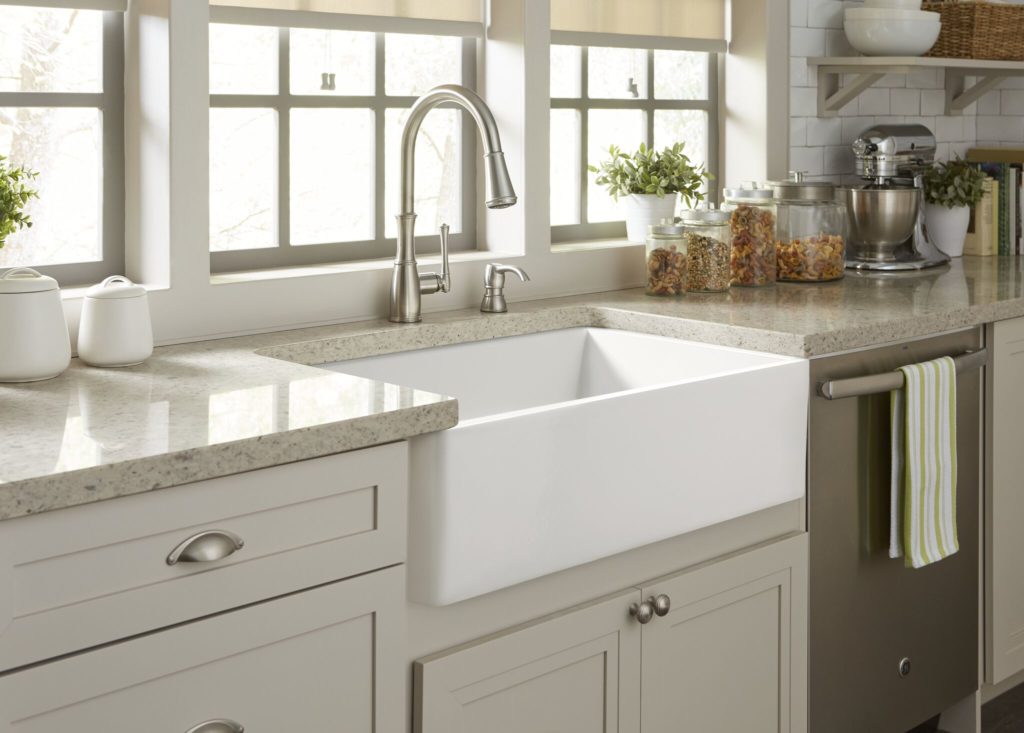


:max_bytes(150000):strip_icc()/Basic-kitchen-sink-types-1821207_color_rev-0b539306b9ef4236a136624ad2a89a4c.jpg)

